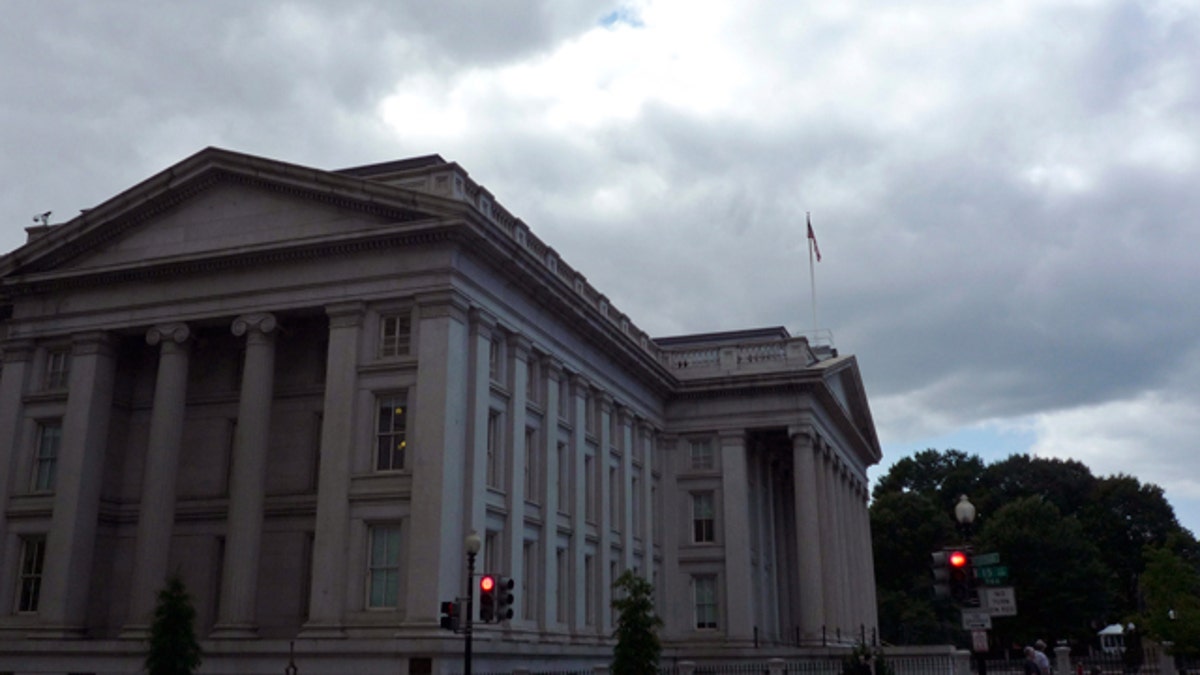
(Reuters)
As Congress raises the debt limit this week – this time until March 2017 – wider attention should be focused on replacing the current debt limit system that is prone to excess and crises.
There is good reason to worry about the national debt. U.S. debt stands in excess of $18 trillion. Federal debt held by the public is about 74 percent of the economy’s annual output.
That’s a higher percentage than at any point in American history since just after World War II. If current law remains unchanged, in 25 years the federal debt will exceed 100 percent of GDP, according to the non-partisan Congressional Budget Office.
This cannot be sustained.
Currently, the Treasury Secretary simply sends a letter to Congress requesting a clean debt limit hike. Unsustainable debt, however, poses too great a challenge to continue on autopilot. The proposed framework would require serious and regular examination of U.S. debt and debt reduction.
The struggle to rein in the debt is fought partly around the debt limit. Conflicts over the debt limit routinely lead to destabilizing uncertainty, lower growth, and increasingly high and unresolved debt levels. Washington’s chronic crisis management with the debt limit is not just a poor advertisement for America’s full faith and credit; it also hurts our nation’s leadership abroad.
So what should be done with the debt limit?
Some in both parties prefer all-or-nothing. Democrats recently accused Republicans of playing a cynical game with huge economic stakes while, ironically, President Obama refused to even discuss the debt limit unless it was an unconditional debt hike. As a result, no debt limit reforms were agreed upon and our nation’s debt trap has become even more difficult to surmount.
In light of this, I introduced the Debt Management and Fiscal Responsibility Act, which would establish a more transparent, accountable, and timely debt limit framework. Here’s how:
Transparent. Prior to reaching the statutory debt limit, the administration would submit to Congress comprehensive reports on the state of the national debt, composition of the debt, and future debt projections. The administration would also submit proposals to reduce the debt in the short-, medium-, and long-term. This would expand the focus from mere debt limit increase requests to analyzing the comprehensive nature of the debt and finding debt reduction solutions. These reports would be made readily available to the public.
Accountable. As part of requesting a debt limit increase, the Treasury Secretary would be required to testify before Congress about the national debt and the administration’s debt reduction proposals. The Secretary’s testimony and reports on the national debt would instill rigor into the debt limit process and facilitate straightforward discussions about debt management that are tough but fair.
Currently, the Treasury Secretary simply sends a letter to Congress requesting a clean debt limit hike. Unsustainable debt, however, poses too great a challenge to continue on autopilot. The proposed framework would require serious and regular examination of U.S. debt and debt reduction.
Timely. Recent debt limit crises have rattled financial markets and diminished America’s economic standing in the world. Early and strategic assessments of the debt – well before the statutory debt limit – would reduce disruptive uncertainty and allow constructive debate to get a better hold on the debt. Moreover, the framework would require regular progress updates from the administration on debt reduction.
The advantages of this system are self-reinforcing. A transparent, accountable, and timely framework would instill discipline in the debt limit process and give traction to sound economic policies.
Let’s be clear: No American wants to default on the debt. But the desire to avoid default shouldn’t lull anyone into a false sense of security. Nor should it justify kicking the fiscal can further down the road.
We should use all the tools at our disposal to manage the debt responsibly and promote economic stability. The national debt is a shared responsibility, and it will take a shared executive-legislative approach to get it under control.
Passing the Debt Management and Fiscal Responsibility Act would be a good start.
